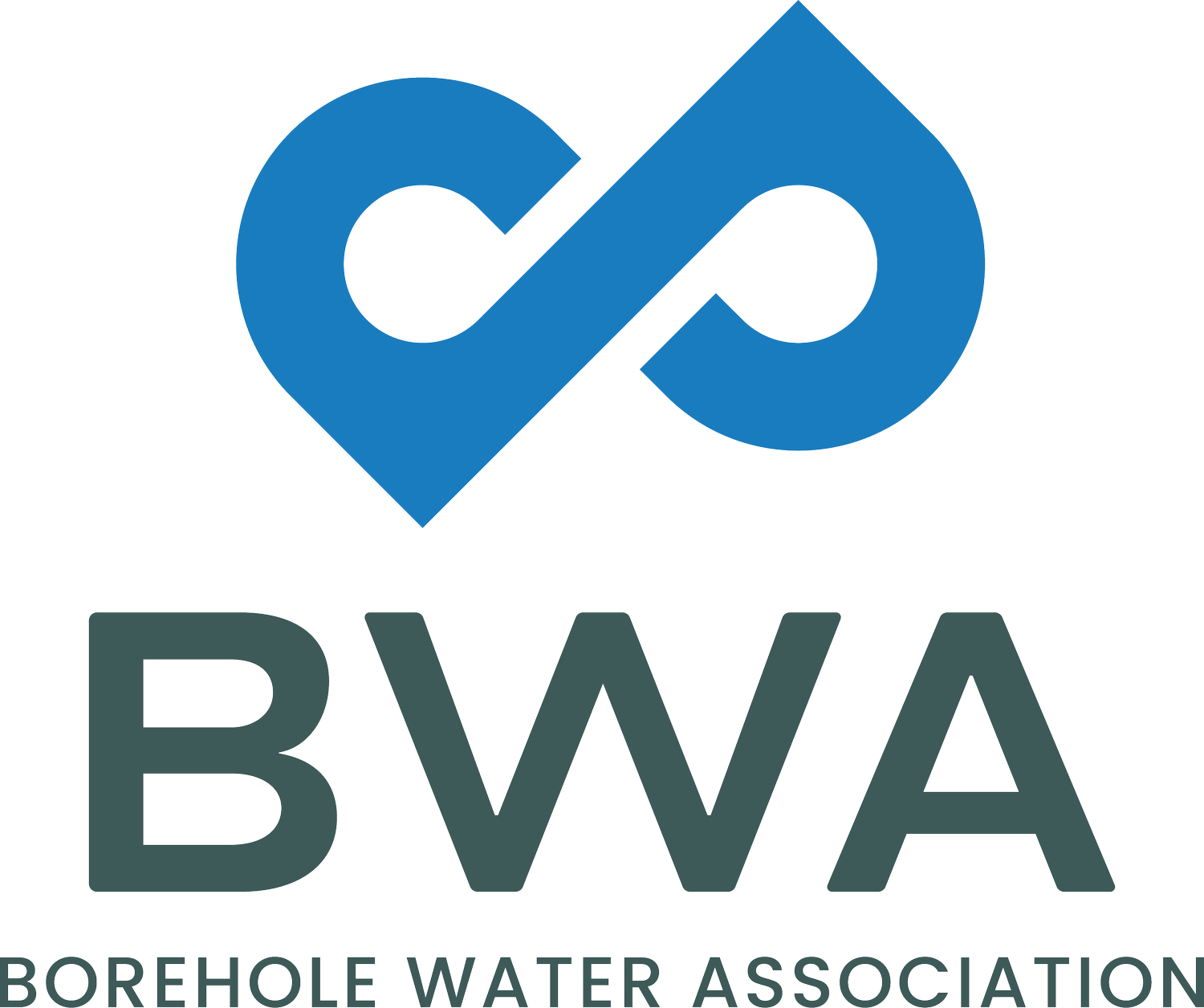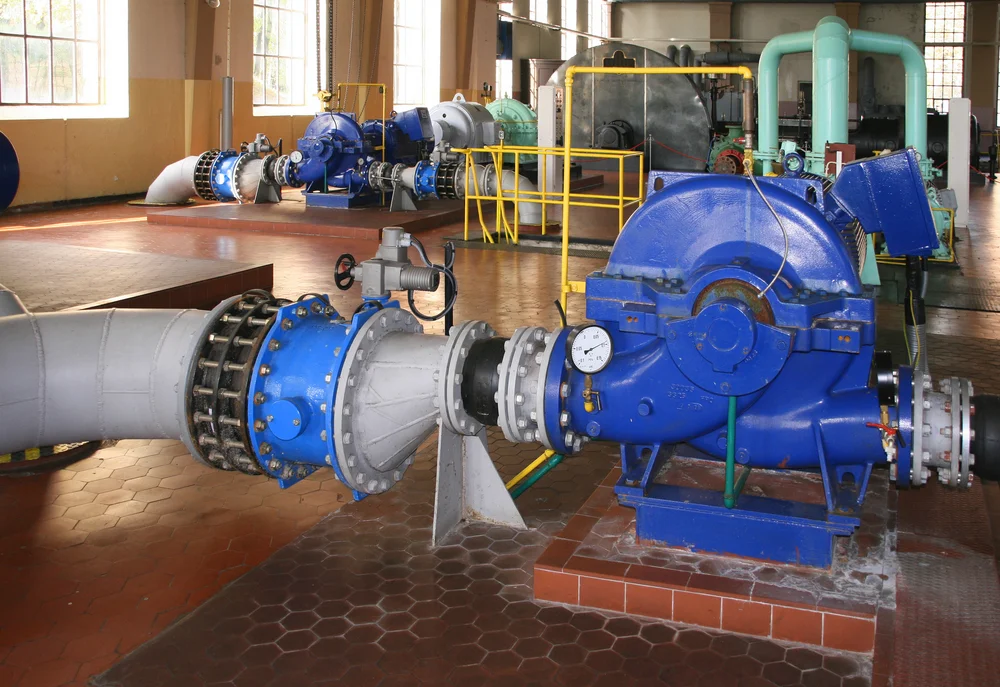Ensuring reliable groundwater supply in rural areas
/A recently completed Water Research Commission (WRC) study has looked to improve the sustainability of rural groundwater supply. The study has confirmed the potential of groundwater as a sustainable water supply for rural community on condition that operating rules are maintained.
Background
Since groundwater plays a crucial role in community water supply in most rural areas of South Africa, its optimal operation and management in such areas is essential.
The Department of Water and Sanitation (DWS) has introduced the National Groundwater Strategy (NGS) to ensure that groundwater plays an integral part of water resources planning across all sectors. However, implementation of the strategy is being hindered by the lack of long-term groundwater yield data in most rural areas of South Africa.
Without such data it is also difficult to develop the necessary groundwater operating rules – a necessity to ensure that groundwater is managed in a sustainable way.
This WRC-driven study sought to develop groundwater operating rules through alternative methods. The study area for the study was Siloam Village, located in the Nzhelele River Catchment in Limpopo.
Main results
The results of the groundwater storage-reliability analysis showed that relatively high and low storages are associated with low and high reliability due to the fact that high storages result from heavy rainfall events, which rarely occur, as compared to normal rainfall events. Low and high storages are also associated with high and low risks of failure, respectively.
The minimum storage required to meet the low demand in the study area of 101 litres/person/day was 20%, while 30% was required to meet the future (high) demand in the area of 189 litres/person/day.
Estimated maximum supply from 40, 60, 80 and 100% of full groundwater reservoir storage levels (GRSLs) showed that daily available supply ranges exceed water requirements, and hence groundwater is potentially available for other uses, such as subsistence farming and economic activities, such as brick-making.
This confirms that the proper development of groundwater resources will contribute to a reduction of poverty and ensure the sustainability of livelihoods in Siloam Village.
When the groundwater was tested for suitability for domestic use levels of turbidity, electrical conductivity (EC), fluoride, magnesium, calcium, sodium and phosphates were all higher than the guidelines for domestic use. Turbidity and fluoride had the most significant health effects as they were linked to microbiological contamination and groundwater and mottled teeth (i.e. fluorosis) in the study area, respectively.
Having recognised the impacts of excessive fluoride on human health in the study area, a number of studies on defluoridation have been initiated by University of Venda research groups using Siloam Village as a test site for potential solutions.
Conclusions
Derived operating rule curves show that groundwater has the potential to supply low domestic water demand from a minimum GRSL of 20%. This is projected to increase toa minimum of GRSL of 25 to 30% was required to meet demand in five to ten years.
Estimated maximum supply from groundwater showed that groundwater has the potential to be used as a sustainable source of supply that contributes to poverty reduction and ensures sustainability of livelihoods in Siloam Village.
Treatment of groundwater aimed at reducing fluoride concentrations and turbidity is crucial if groundwater is to be considered as a primary source of water in this area, however. The treatment of the water should therefore be part of the operating rules for the area.
Groundwater operating rules were generalised by summarising the procedure followed in the development of the operating rules in Siloam Village to allow their application in other areas located in hydro-geologically similar environments (i.e. crystalline basement aquifers).
Applications in other hydro-geologically different environments (coastal or karst aquifer, for example) will possibly require prior testing and modification of the procedure
Recommendations
Practical implementation of the operating rules would require installation of appropriate water supply and monitoring infrastructure. Monitoring and production boreholes as well as equipment to monitor groundwater levels is required to ensure practical implementation of the derived operating rules.
Continuous monitoring of components of the groundwater balance, detailed geophysical investigation, borehole logging through drilling of new boreholes and pump testing should be carried out to enhance the hydrogeological conceptual model for the study area and future updating of the developed operating rules.
Further reading
To order the reports, Groundwater yield-reliability analysis and operating rules for data constrained rural areas in South Africa (Report No. 2157/1/16), contact Publications at Tel: (012) 330-0340, Email: orders@wrc.org.za or Visit: www.wrc.org.za to download a free copy.
The WRC operates in terms of the Water Research Act (Act 34 of 1971) and its mandate is to support water research and development as well as the building of a sustainable water research capacity in South Africa.





